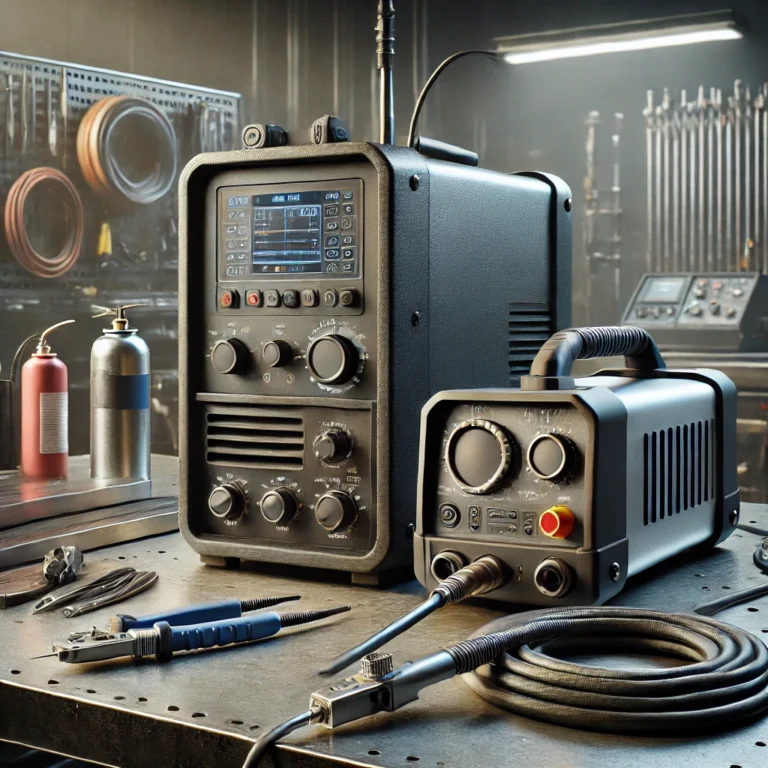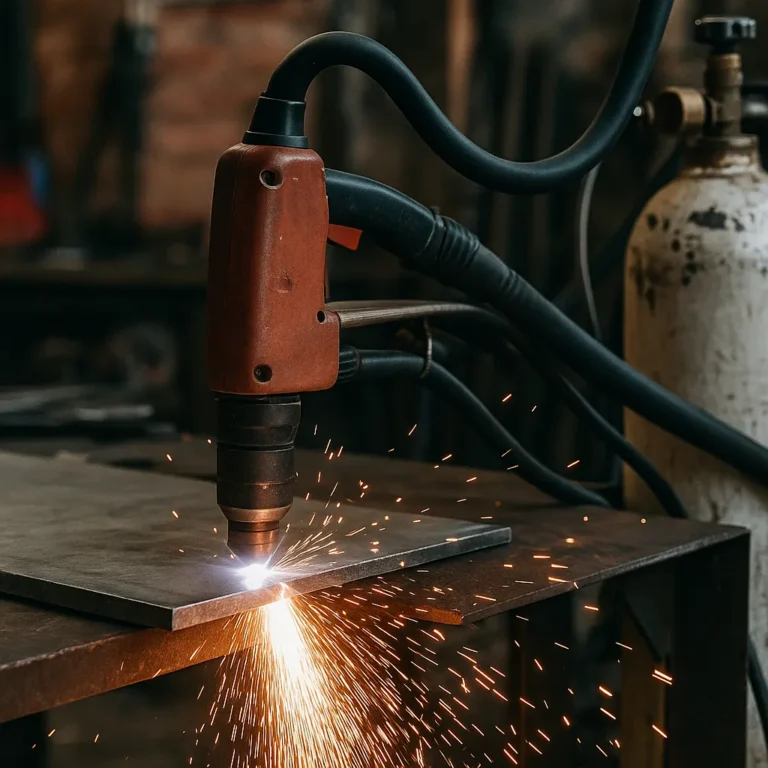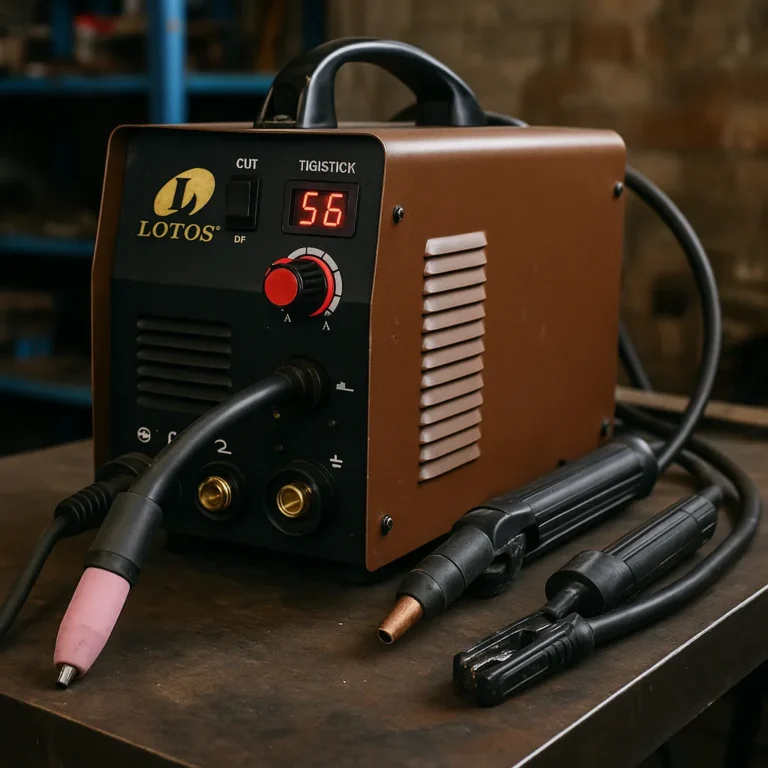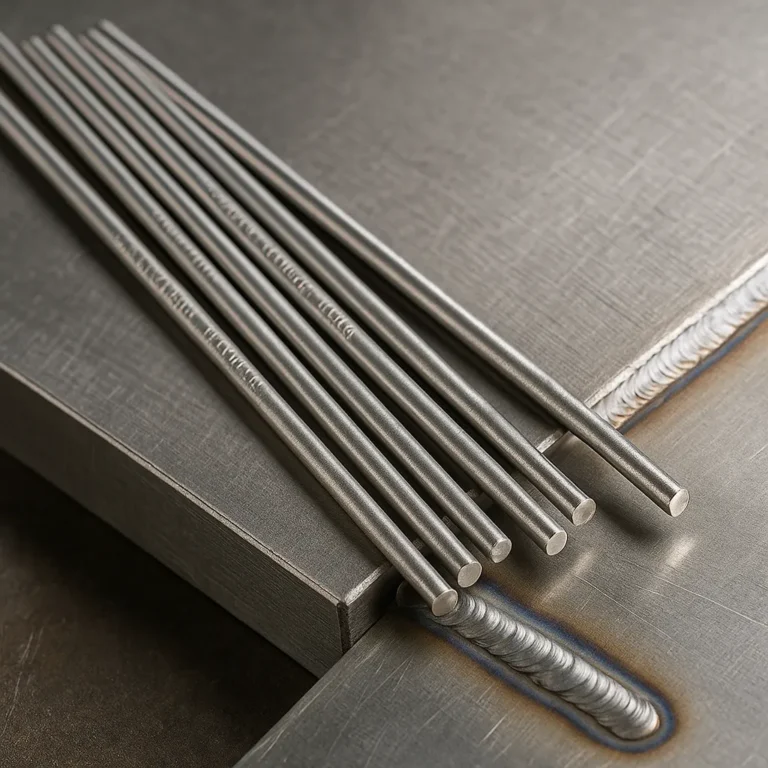Can a Plasma Cutter Cut Stainless Steel Accurately
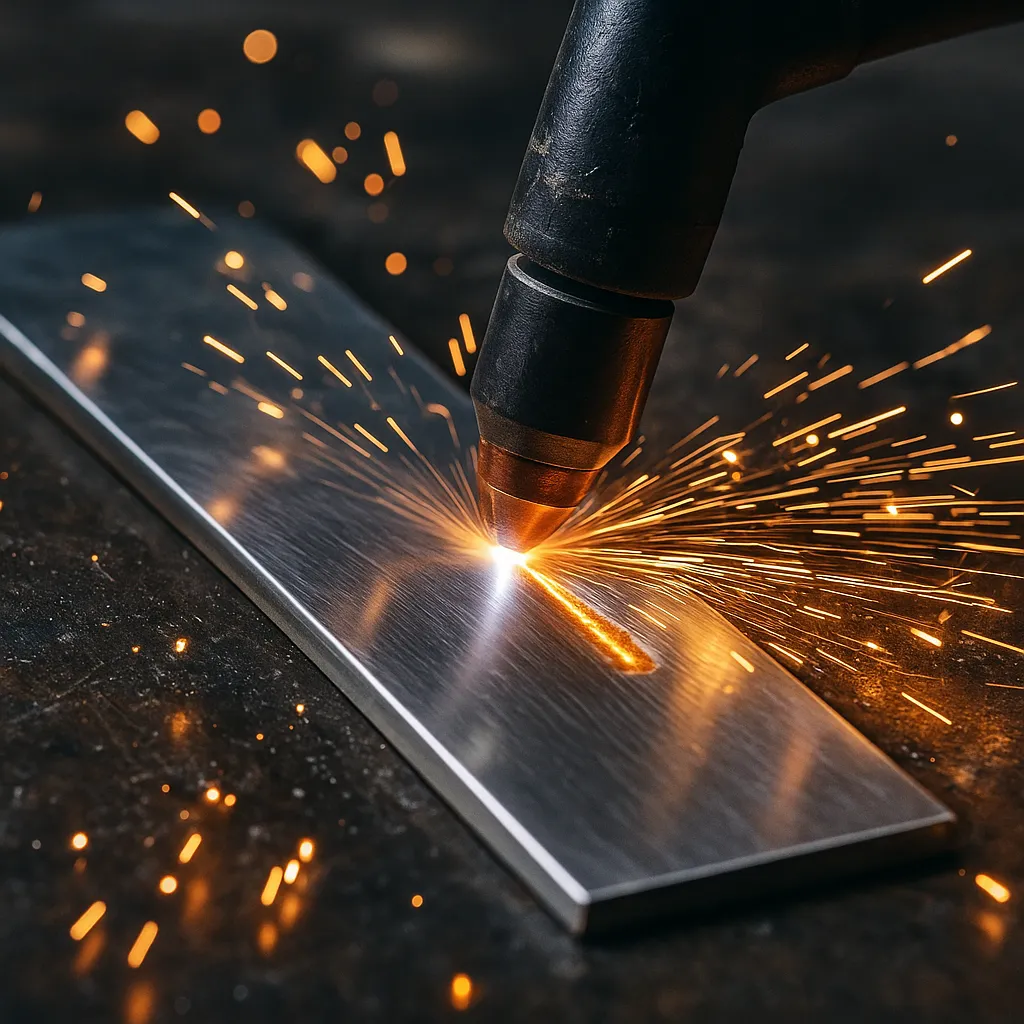
Disclosure: This post contains affiliate links. As an Amazon Associate, I earn from qualifying purchases—at no extra cost to you.
Plasma cutters aren’t just for mild steel anymore. With the right setup, they can cleanly cut through stainless steel, making them a solid tool for everything from kitchen upgrades to garage-built custom parts. Stainless might behave a little differently than carbon steel, but it’s absolutely doable—even for beginners.
Let’s walk through what matters when working with stainless, including setup tips, arc behavior, and how to get the most from your cutter.
Stainless Is Totally Cuttable—With the Right Gear
Stainless steel is harder on tools than mild steel, but a plasma cutter that pushes 50–60 amps will cut up to 1/2 inch thick without much trouble. Lighter-gauge stainless works great with 30–40 amp units.
Machines like the LOTOS LTP5000D and PrimeWeld CUT60 are often recommended in welding forums for cutting stainless, especially when paired with clean, dry compressed air. That combo helps minimize spatter and gives you cleaner edges.
A Stable Arc Is the Game-Changer
Because stainless holds heat longer, it’s easier to warp if you rush the cut or have an unstable arc. That’s why features like pilot arc tech are so useful—especially if you’re cutting over mesh, painted surfaces, or uneven edges.
Slower cutting speeds also help. Keep your torch steady, move at a controlled pace, and avoid rushing through thicker material. That’s the difference between a clean cut and one you’ll need to grind for 20 minutes.
Compressed Air Is Enough for Most Cuts
While industrial setups might use nitrogen or argon-hydrogen blends for ultra-clean edges, you don’t need that for most welding tasks. Compressed air works just fine for cutting stainless steel in garages, job sites, or small fabrication shops.
The biggest tip from real-world users? Keep your air dry. Moisture in the line can mess with arc stability and wear down consumables faster. A basic moisture trap or inline filter makes a noticeable difference.
Great Value for DIY and Shop Work
Plasma cutters save time and money when cutting stainless—especially compared to using grinders or outsourcing cuts. Once your setup’s dialed in, you’ll get precise cuts with less cleanup and no need for saw blades or extra tooling.
From cutting stainless tubing to slicing up reclaimed sheet for projects, a good plasma cutter makes the process faster, safer, and more affordable.
Conclusion
Yes, plasma cutters can handle stainless steel—and do it well. With the right amperage, clean compressed air, and a steady technique, you can get smooth, reliable cuts on everything from thin sheet to 1/2-inch plate. No need for high-end industrial gases or expensive upgrades.
Whether you’re fabricating parts, working on stainless railings, or just learning the ropes, a quality plasma cutter makes stainless cutting easier and way more efficient.

